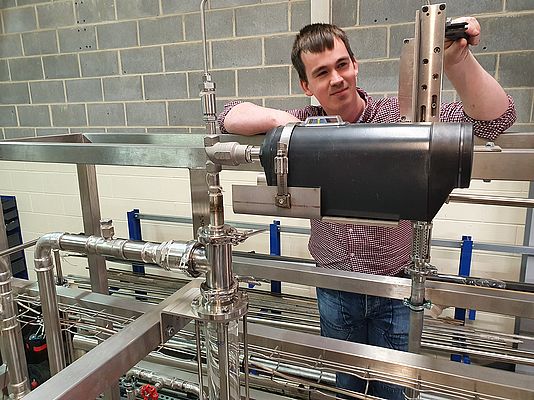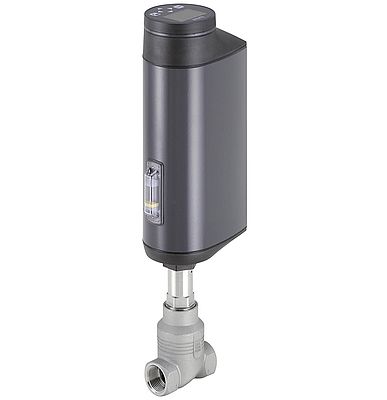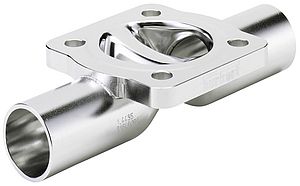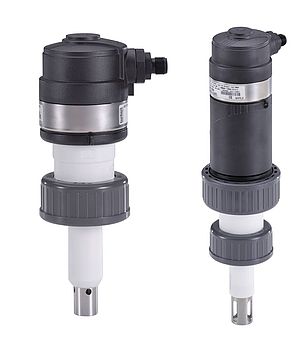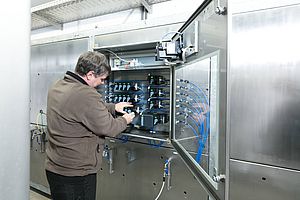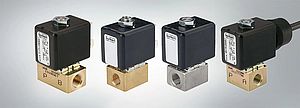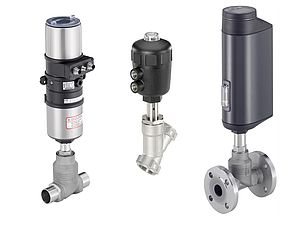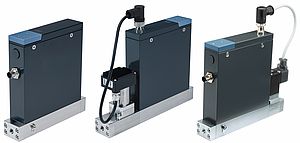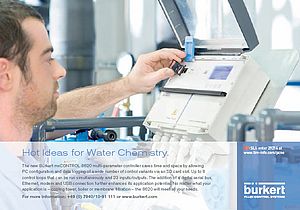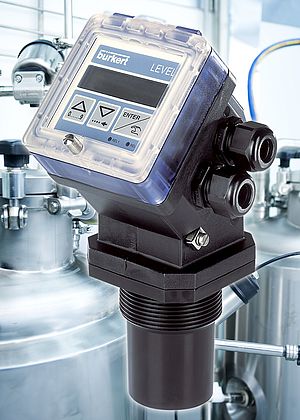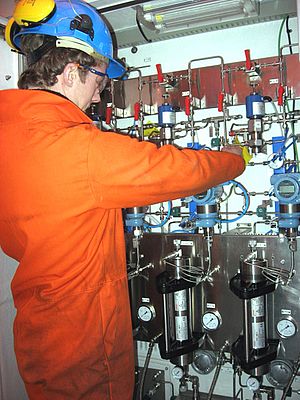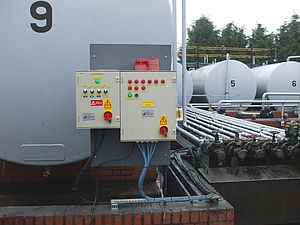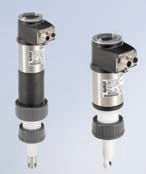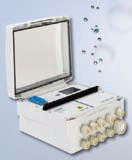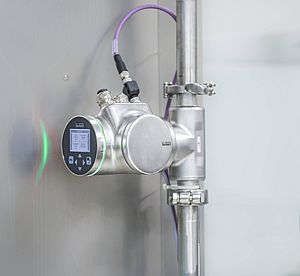Emissions of pollutants from industrial processes such as power generation, cement production, steel and glass making, are subject to strict regulations and businesses have to invest in various technologies to ensure compliance. As the world looks to a more sustainable future, more companies are looking at methods of reducing their greenhouse gas emissions, and thus the need for innovative solutions is growing.
Reducing the energy needed in the process
Currently, one of the major challenges with reducing CO2 levels is the amount of energy required by many of the leading processes. This is being challenged by C-Capture, which has developed technology that uses a new class of solvents to capture CO2 and enable it to be processed and stored, either permanently or for use in another industrial process.
The company designs chemical processes for capturing CO2.Using in-house test rigs data is generated which lay the foundations for industrial-scale solutions that are set to significantly reduce the emission of greenhouse gases. C-Capture chemists and process engineers must find the right technology for accurate measurements to generate data.
Solvent regulation
To help with specifying the parts, C-Capture worked with Scattergood & Johnson, a specialist supplier of electrical engineering and fluid control components. An in-house test rig involves the flow of the solvent into a wetted wall column. It was important to precisely regulate the solvent flow to enable the collection of accurate test data.
The process required an all-electric flow control device, since a pneumatically controlled valve would only add further cost and complexity to the project, both at the pilot stage and beyond. Scattergood recommended the Bürkert Type 3361 2-way globe control valve as the best solution due to its precise and fast flow control.
The Type 3361 also offers a flexibility of design to meet the requirements of the application. As part of an experimental project, the need for precise data was paramount and the valve offers both analogue and digital outputs. Furthermore, the option of five interchangeable valve seats allows the Kv value to be optimised, while the ability to add a position controller or a process controller to the application makes it suitable for both centralised and de-centralised systems.
Richard Hinchliffe, Technical Sales Engineer, at Scattergood, comments: "Customers like C-Capture are able to draw on our expertise and knowledge to implement the most effective and reliable products for their applications. Having understood all the requirements for the experimental rig, it was clear that the Bürkert valve would offer the best solution. Bürkert's wide range of control valves with precision and reliability built-in, offered an ideal solution."


